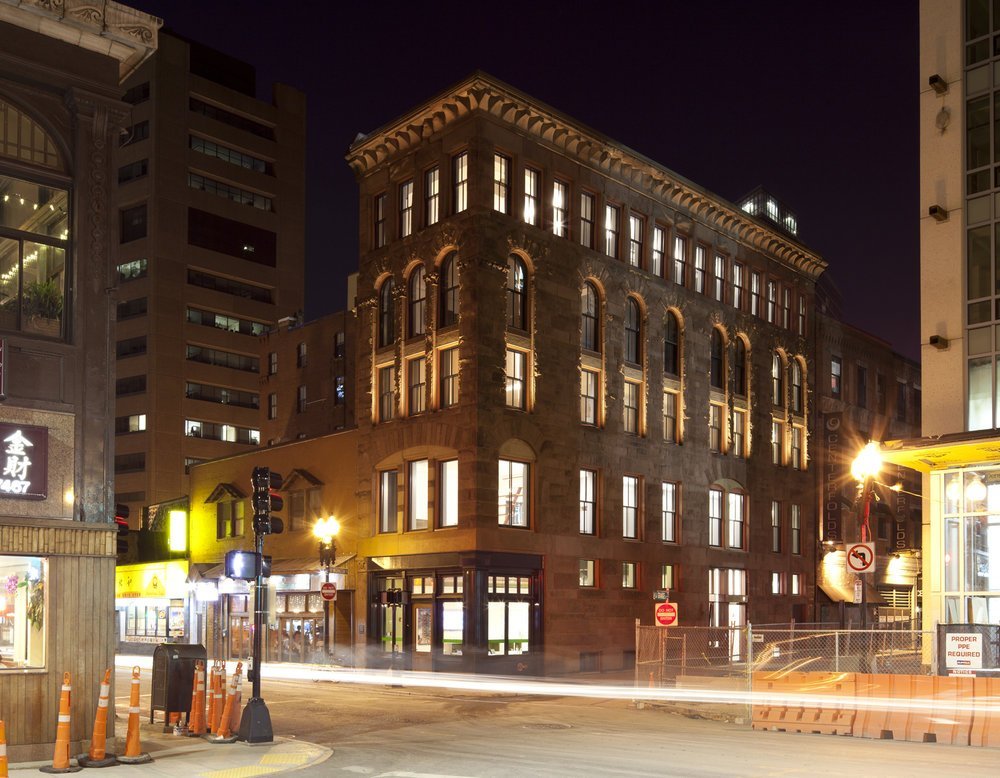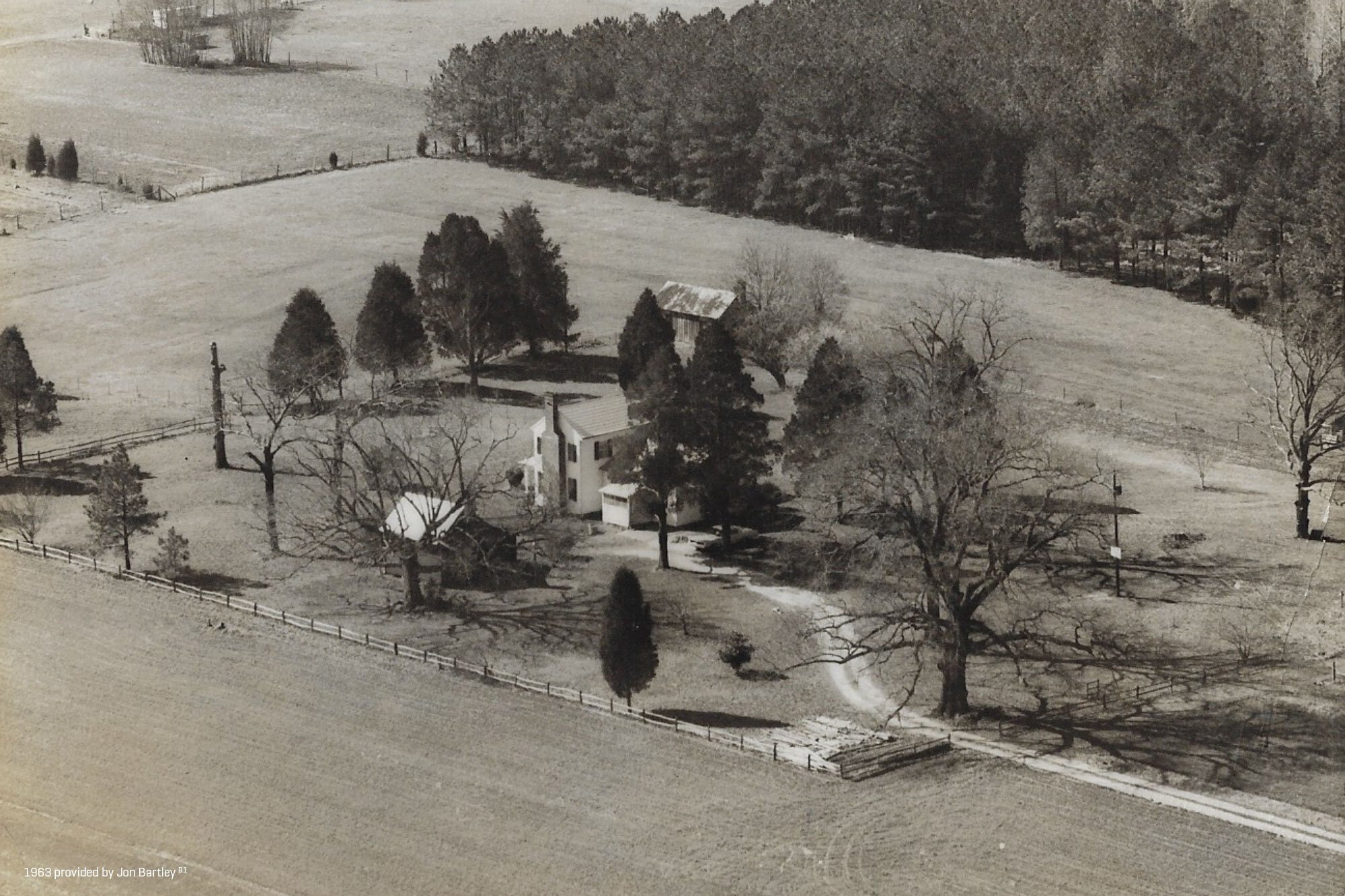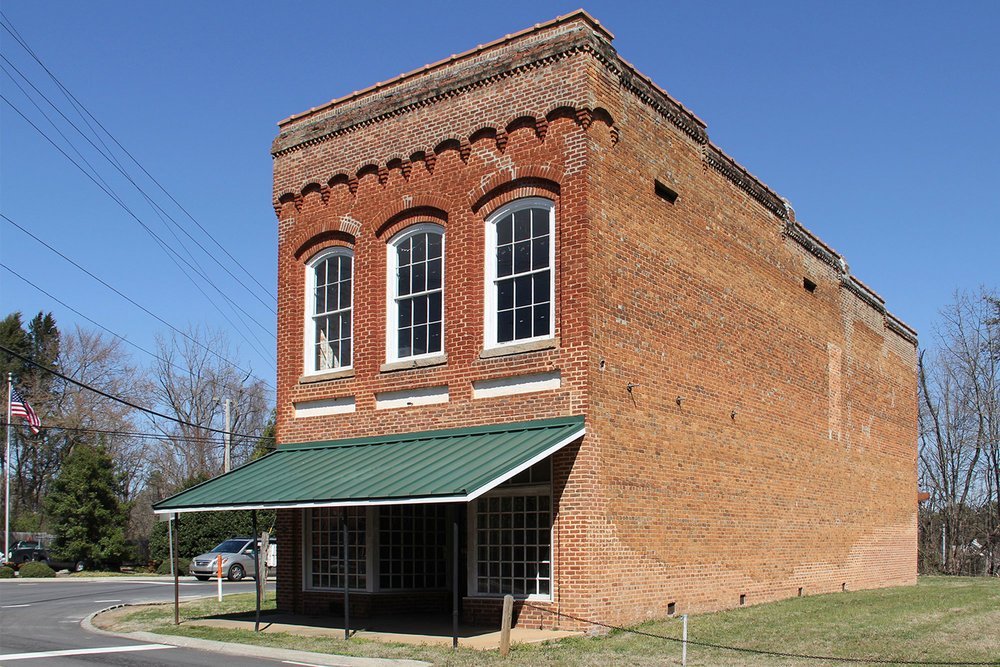The Importance of Preserving Public and Historic Buildings: A Look at 3 Successful Rehabilitation Projects
To maintain the character and identity of our communities, we must preserve public and historic buildings. Rehabilitation or adaptive reuse projects not only save buildings from disrepair or demolition, they breathe new life into them, making them functional and relevant for modern-day use.
Unfortunately, this approach often gets overlooked. Rehabilitation feels too difficult, too costly, or just plain daunting for most architects or their clients to take on. Ultimately, this perspective causes communities to bulldoze significant historical buildings in favor of new construction that looks the same as everything else.
At ThoughtCraft, some of the most meaningful work we do is in our rehabilitation projects. Through rehabilitation, we believe new architecture can have a dialogue with old architecture to evoke collective memory and solidify identity. Preservation is too often a curatorial act, focused solely on the physical building and not the people and stories that shaped it over time. But by uncovering a site’s unique stories, we can heighten awareness of history, ensuring that future generations appreciate the architectural and cultural heritage of our past.
In this blog post, we'll take a look at three of our favorite preservation projects–and how they deepened our understanding of what came before.
A Look At 3 Historic Restoration Projects
At ThoughtCraft, it’s always a privilege to rehabilitate historic and public buildings. Let’s take a look at our Hayden Building, Cary Historic Properties, and Summerfield Meeting House projects.
The Hayden Building
The Hayden Building was designed in 1875 by notable architect Henry Hobson Richardson. After a fire gutted the building in the mid-1980s, it sat vacant until 2012. Our team stepped in to return the building to its former glory while making it functional for modern-day use by converting the upper floors to apartments.
Our rehabilitation of this national landmark features entry and stairwell wall murals, a historic film screen, and infographic panels that inform occupants of the building’s varied history.
You can read more about its adaptive reuse here.
Cary Historic Properties
The Cary Historic Properties project included the rehabilitation of some 20 or more structures located on three main properties: a pre-civil war farmstead, a tobacco-era homestead, and a turn-of-the-century general store with warehouses. These buildings tell the story of Cary from 1820 to 1960, and are a core feature of the community that residents look to with pride.
A big part of our process for the Cary project was consistent meetings with the public. This ensured that we weren’t just restoring the buildings for the sake of restoring them, but that they’d have a strong social impact, too.
You can read more about the ongoing rehabilitation of this multifaceted project here.
Summerfield Meeting Hall
For this project, we helped the Town of Summerfield create a plan for the reuse of an important historic site, the Gordon Hardware Store. Before its vacancy in the 1950s, this establishment was the social crossroads of the surrounding rural area, providing necessary goods and daily conversations.
Our plans to reactivate the building would turn it into a public meeting hall, once again bringing the Summerfield community together. As people gather for town meetings and other events, they’ll be surrounded by displays of photographs and artifacts from the past.
You can read more about these adaptive reuse plans here.
Work With ThoughtCraft To Restore A Historic Building In Your Community
Updating historic buildings helps to ensure history is not forgotten and allows us to pay tribute to the excellent architects that have come before us.
If you're interested in preserving a public or historic building, schedule a call with our team below.
We’d love to explore your next project and find ways to preserve old architecture while adding modern updates that enhance the space's inner beauty.




